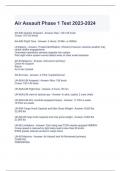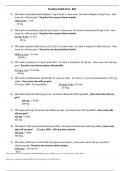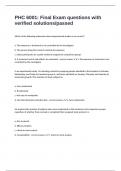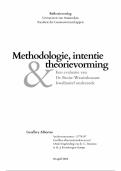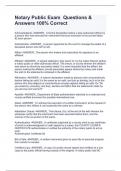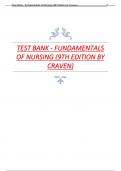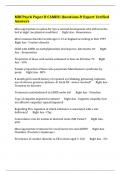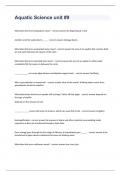Exam (elaborations)
Marriages And Families 8th Edition By Benokraitis - Test Bank
- Institution
- Marriages And Families - Test Bank
Chapter 2 Studying the Family 2.1 Quick Quiz 1) According to the structural-functional theory, the instrumental role in a family is best carried out by the ________. A) marriage therapist B) parents of the couple C) wife D) husband Answer: D Page Ref: 32 A-head: Theoretical Perspective...
[Show more]




